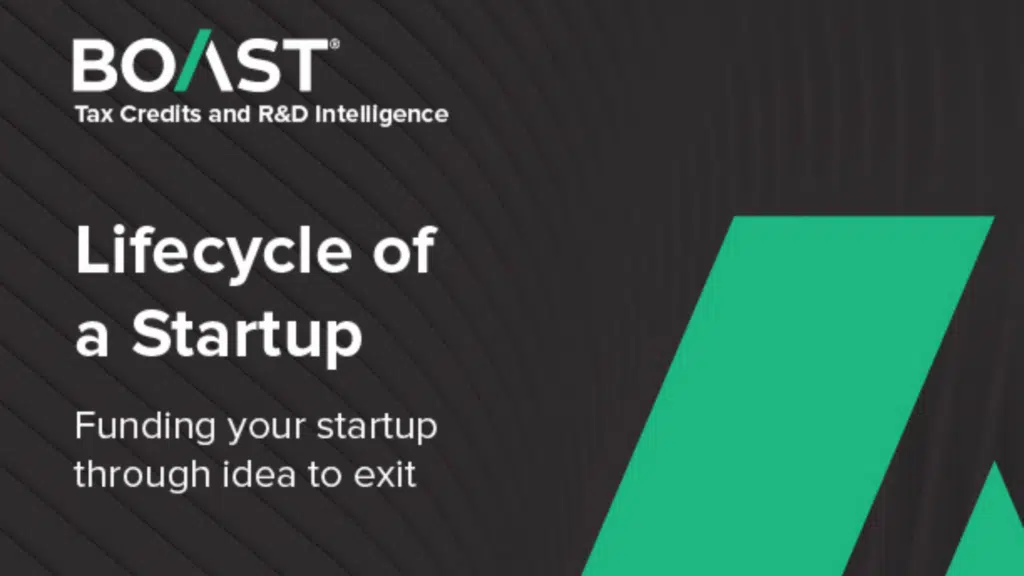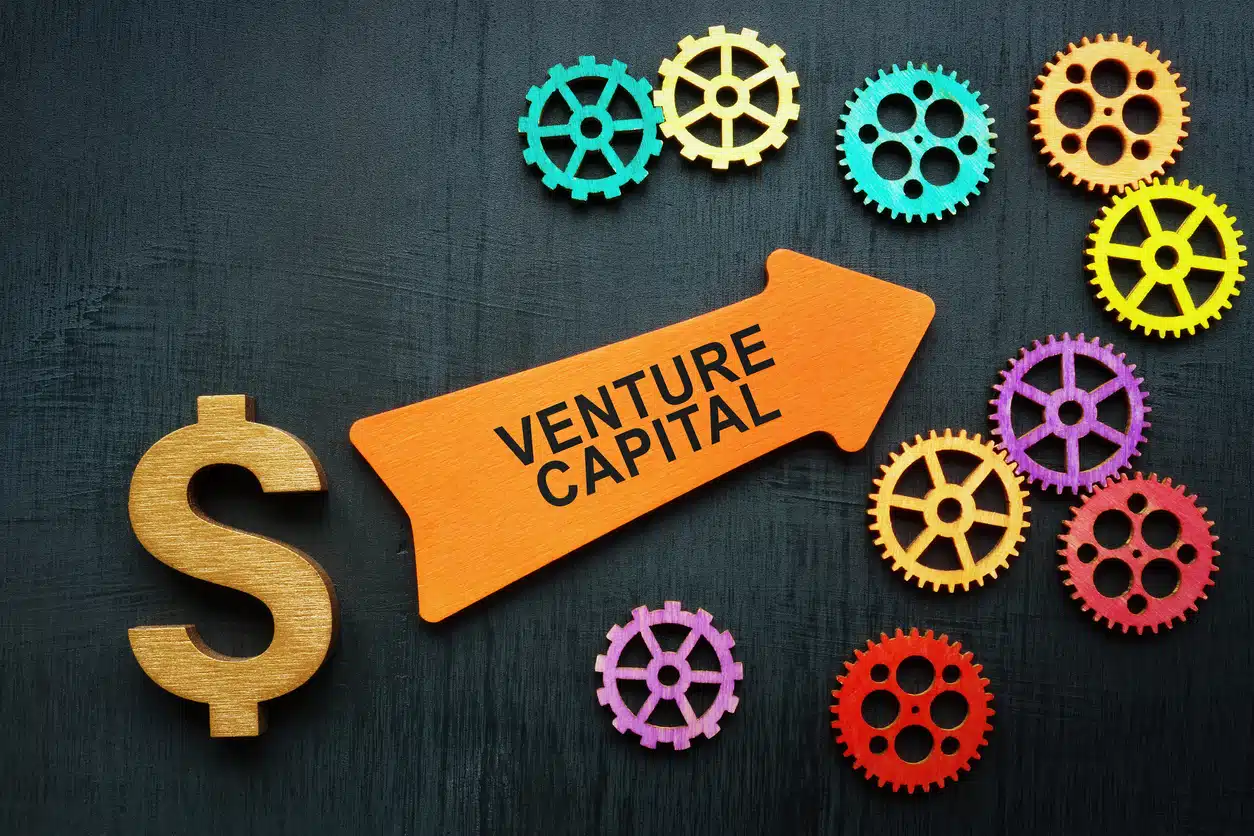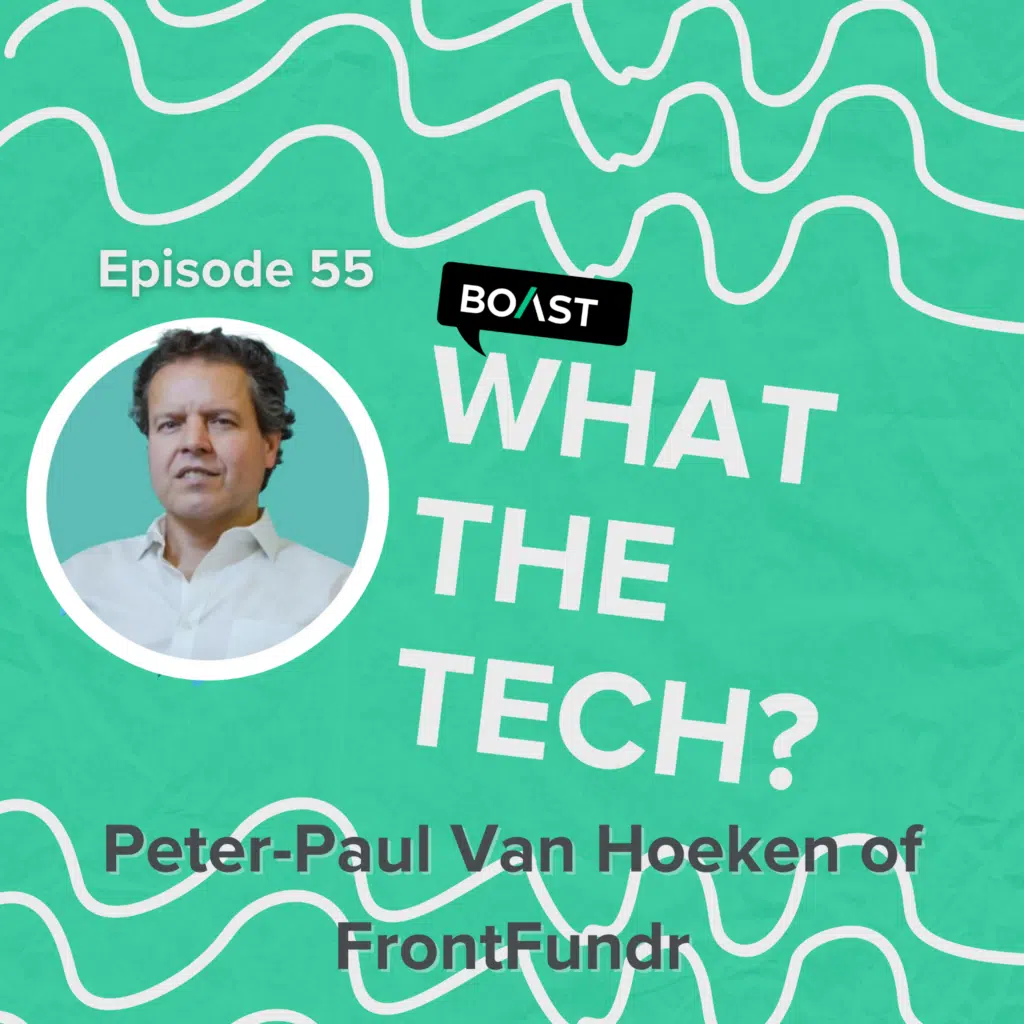As rough as venture capital markets may have seemed in 2023, there’s likely to be even less cash to go around in 2024, according to the latest findings from Pitchbook, as startups only raised $76.6 billion globally in Q4 last year—the lowest EOY haul since 2017.
Fueling this speculation is the fact that Q4 VC deals hit a three-year lowpoint for both volume and value in Q4 2023, marking another steady slide from the “venture boom” of 2021 where Q4 totals exceeded $2 trillion.
Across the entire year, global VC funding fell from $531 billion in 2022 to roughly $345 billion in 2023, while VC fundraising slid even steeper, with firms collecting only $161 billion in 2023 versus $307 billion a year earlier.
Globally, Q4 2023 marked the lowest full-year totals figure since VCs raised just $119.3 billion in 2015—and a far cry from the $379.7 billion raised in 2021.
While these funding and fundraising disparities are stark on their own, looking at 2023 on a quarterly basis paints an even murkier picture for what’s in store for 2024. That’s because total deals and deal value steadily dropped throughout 2023, with figures from Q1 and Q2 lifting the annual total despite a downward overall trajectory for both funding and fundraising across all four quarters.
The big takeaway?
Global venture capital firms themselves raised less cash heading into 2024 than in almost half a decade. By default, there will simply be less VC funding to go around as startups seek capital in the new year.
Despite VC activity falling sharply on a global scale during the past several quarters, it’s hardly all doom and gloom—especially for early-stage startups.
In the United States, for instance, early-stage companies actually enjoyed a far less tumultuous 2023 than their peers on the global stage. While there was a decline in the median deal value for Series A fundraises between 2022 and 2023, the median deal value at the seed stage last year matched the $3 million record set in 2022.
To that end, the average value of U.S. seed deals rose to $1.3 million last year, which last happened in 2006.
Additionally, while the median pre-money valuation for post-Series A rounds shrank from 2023 to 2022, the median pre-money value of seed deals rose from $11 million in 2022 to $12 million last year.
While hardly a boon, these upticks for seed-stage funding shows that investors aren’t averse to funding new startups: Rather, they’re being more discerning about funding the latest-and-greatest tech after perhaps over-extending their investments at the height of the pandemic.
Reasons to be optimistic?
While VC and startup funding isn’t trending in a wholly positive direction as 2024 kicks off, there is still reason for founders to be optimistic about their odds of succeeding in the current startup ecosystem.
As we recently discussed on the blog, for instance, financial leaders in the United States are anticipating both business and revenue growth in 2024, which could spark a growth in GDP and improve lending conditions broadly.
In that same vein, there’s a chance that interest rates could be cut in 2024 as the larger economy levels out following the “venture boom” of 2021 sparked (in part) by the global pandemic.
However, startup founders shouldn’t bank on improved interest rates to open doors to new sources of capital.
Focus on driving innovation to extend to extend operational runway
As startups and founders map a course for success in 2024, it’s incumbent on them to not just diversify their sources of funding to stave against market uncertainties, but to also ensure their driving unique innovation to ensure their competitive edge in a discerning investment market.
For many founders, this means investing more than ever in research and development to create solutions that address acute needs, drive efficiencies and carve out a niche in their market.
In many cases, that may mean “killing the baby,” so to speak, and relaunching R&D initiatives (if not overhauling workflows) to ensure that teams are driving truly unique innovation that will set them apart.
Although this will call for more investment into R&D—something that cash-strapped, pre-revenue founders may be apprehensive about—there are strategies that founders can follow to stretch those R&D investments further while actually recouping a portion of their spend as a tax credit.
Across North America, Boast helps startups and founders optimize their R&D workflows to tap into a wealth of non-dilutive funding sources that enables them to double down on their product roadmap while actually extending their runway.
Book a call with our team today to learn how Boast can boost your capital strategy, and download our ebook to get a better understanding of the funding options available at your various stage of growth.






